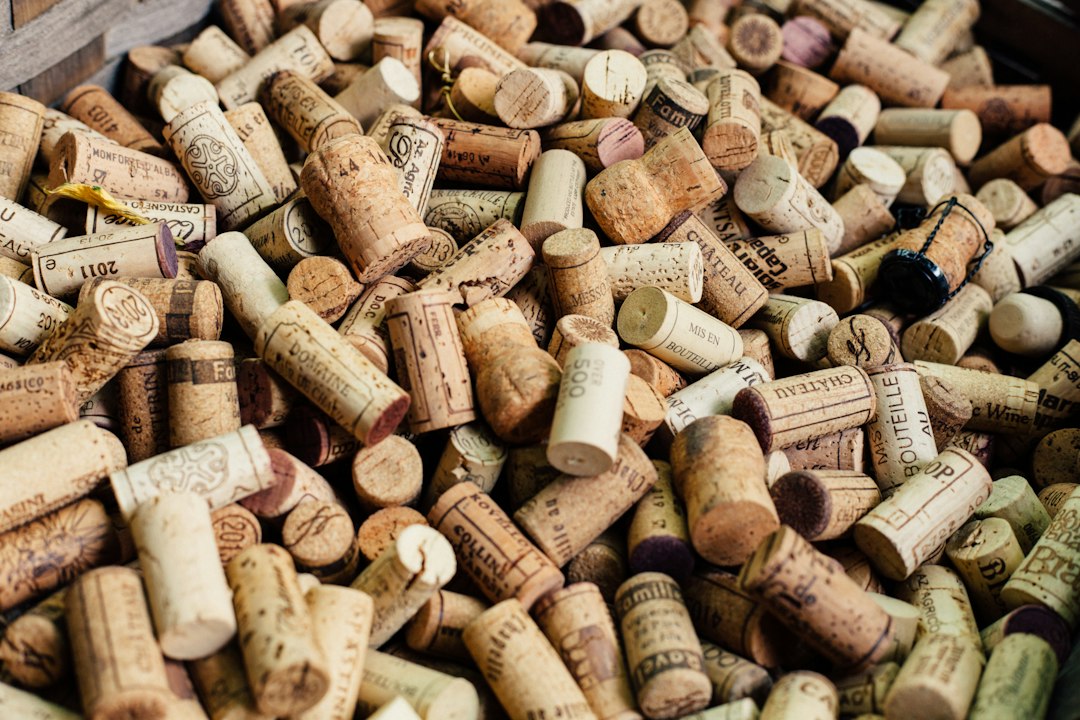
Comparing Dry and Sweet Sparkling Wines
Share
Dive into the bubbling world of sparkling wines! Whether you're toasting a special occasion or simply enjoying a casual evening, the effervescence of sparkling wine adds a touch of celebration. But not all sparklers are created equal. The spectrum ranges from bone-dry to sugary sweet, each offering a unique taste experience. This article will guide you through the differences between dry and sweet sparkling wines, helping you to find your perfect fizz. From the methods of production to the best food pairings, we'll explore what sets these effervescent delights apart.
Understanding Sparkling Wine
Before we delve into the nuances of dry and sweet sparkling wines, let's establish a foundation by understanding what makes a wine "sparkling." Sparkling wines are distinguished by their significant levels of carbon dioxide, which create the characteristic bubbles. This effervescence can be achieved through various methods, including the traditional Champagne method, the Charmat method, and carbonation. The region of production, grape varieties, and the winemaking process all contribute to the final product's flavor, aroma, and texture.
The Role of Sugar in Sparkling Wines
Sugar plays a pivotal role in the production of sparkling wines. It is not only crucial for the fermentation process, which ultimately produces the bubbles, but it also influences the wine's sweetness level. The dosage, a mixture of sugar and wine added after the second fermentation, determines the sweetness category of the sparkling wine. These categories range from Brut Nature, with no added sugar, to Doux, which is very sweet.
Methods of Production
The method of production has a significant impact on the taste and quality of sparkling wine. The traditional method, used in Champagne production, involves a second fermentation in the bottle, creating finer bubbles and more complex flavors. The Charmat method, on the other hand, conducts the second fermentation in large pressurized tanks, resulting in a fruitier, more straightforward wine. Carbonation, the simplest method, involves injecting CO2 into still wine, offering an affordable option with larger, more aggressive bubbles.

Exploring Dry Sparkling Wines
Dry sparkling wines, known for their crisp acidity and subtle fruitiness, are a favorite among wine enthusiasts. These wines are categorized based on their sugar content, with terms like Brut, Extra Brut, and Brut Nature indicating varying levels of dryness.
Characteristics of Dry Sparkling Wines
Dry sparkling wines are celebrated for their complexity and versatility. They often exhibit flavors of green apple, citrus, and brioche, with a crisp, refreshing finish. The high acidity in these wines makes them an excellent companion to a wide range of dishes, cleansing the palate between bites.
Food Pairings with Dry Sparkling Wines
The crisp acidity and effervescence of dry sparkling wines make them incredibly food-friendly. They pair beautifully with salty and fatty foods, as the bubbles and acidity cut through the richness. Seafood, especially oysters and sushi, along with creamy cheeses and charcuterie, are perfect matches for a dry fizz.
Discovering Sweet Sparkling Wines
While dry sparkling wines are known for their crispness, sweet sparkling wines offer a delightful contrast with their luscious fruit flavors and aromatic sweetness. These wines, including Demi-Sec, Sec, and Doux, can range from off-dry to very sweet.
Characteristics of Sweet Sparkling Wines
Sweet sparkling wines are characterized by their rich, fruity flavors and aromas. Notes of peach, apricot, and tropical fruits, along with a floral bouquet, make these wines a joy to drink. The sweetness in these wines is well-balanced by acidity, preventing them from being cloyingly sweet.
Food Pairings with Sweet Sparkling Wines
Sweet sparkling wines are versatile in pairing, complementing a wide variety of dishes. They are particularly well-suited to spicy cuisines, where the sweetness can balance the heat. Desserts and fruit-based dishes are also natural companions, with the wine's sweetness echoing the dish's flavors.

The Importance of Serving Temperature
The serving temperature of sparkling wine can significantly affect its taste and enjoyment. Dry sparkling wines are best served chilled, between 6-10°C (43-50°F), to highlight their crispness and acidity. Sweet sparkling wines, on the other hand, can be served slightly warmer, between 8-12°C (46-54°F), to enhance their aromatic qualities and richness.
Advanced Tasting Techniques
To fully appreciate the nuances of sparkling wines, employing advanced tasting techniques can be beneficial. Observing the wine's color, assessing the bubble size and persistence, and identifying aroma and flavor profiles can deepen your understanding and enjoyment of sparkling wines. For a detailed guide on advanced wine tasting techniques, visit our article on Advanced Wine Tasting Techniques Explained.
Perfecting Wine Pairings at Home
Creating the perfect wine pairing at home can elevate a simple meal to an extraordinary experience. Understanding the balance between the wine's sweetness or dryness and the dish's flavors is key. For practical tips on crafting harmonious pairings, check out our guide on Creating Perfect Wine Pairings at Home.
Exploring German Sparkling Wines
Germany, renowned for its Riesling, also produces exquisite sparkling wines, known as Sekt. German sparkling wines come in both dry and sweet styles, offering a unique perspective on the effervescent world. For an in-depth exploration of German sparkling wines, including pairing suggestions, read our article on Exploring German Sparkling Wines.
Conclusion
The world of sparkling wines is as diverse as it is delightful. Whether you prefer the crisp, refreshing qualities of dry sparkling wines or the rich, fruity sweetness of their sweet counterparts, there's a sparkling wine out there for every palate. By understanding the differences between these styles, you can enhance your wine-drinking experience, making every sip a celebration. Remember to consider the wine's production method, sugar content, and recommended serving temperature to fully appreciate its unique characteristics. Cheers to discovering your perfect fizz!

